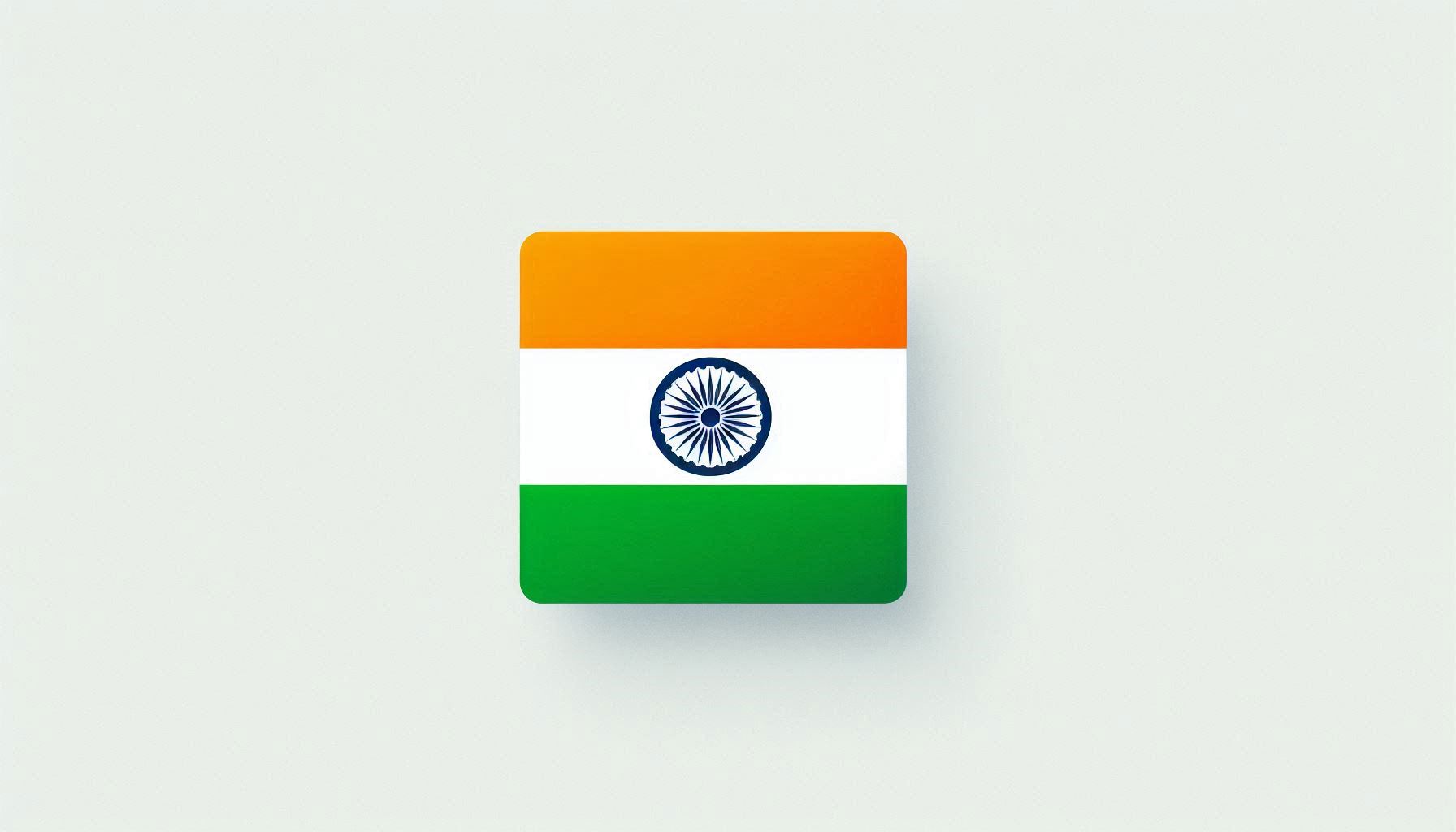Physical Address
W Sunrise St, Bisbee, Arizona 85603

India’s ascent to the third most powerful country in Asia marks a significant shift in the region’s power dynamics. For the first time, India has surpassed Japan, trailing only behind China and the United States.
This is according to the 2024 Asia Power Index, a comprehensive report from the Australian think tank Lowy Institute, which evaluates the power of countries across eight domains: military capability, economic performance, defense networks, diplomatic influence, cultural impact, resilience, and future resources.
| Country | Overall Ranking | Military Capability | Economic Capability | Diplomatic Influence | Defense Networks | Cultural Influence | Future Resources |
|---|---|---|---|---|---|---|---|
| United States | 1 | Dominant global military | Leading economy | Extensive alliances | NATO & global allies | Global cultural hegemony | Strong tech & innovation |
| China | 2 | Largest regional military | Second-largest economy | Increasing global presence | Limited partnerships | Growing cultural soft power | Massive population |
| India | 3 | Regional military presence | Growing rapidly | Expanding partnerships | Strengthening alliances | Bollywood & soft power | Huge demographic advantage |
| Japan | 4 | Advanced defense tech | Mature but slow economy | Stable diplomacy | Strong US ties | Anime, tech innovation | Aging population limits growth |
China remains Asia’s largest power, backed by the world’s second-largest economy and its formidable military. India lags behind China in overall military capabilities, economic scale, and diplomatic reach. However, India’s democratic structure and alliances with the Russia, U.S., Japan, and Australia offer a counterweight to China’s growing assertiveness in the Indo-Pacific.
For decades, Japan held the third position in Asia. Although it remains a highly developed and influential country, India has surpassed it in several areas. Japan’s aging population and slow economic growth have limited its long-term potential, while India’s younger demographic and expanding economy promise greater influence moving forward.
The U.S. retains its status as the world’s most powerful nation, leading in military, economic, and cultural spheres. While India is rising quickly, it remains behind the U.S. in terms of economic and military might. However, India’s strategic location and alliances with both U.S. and Russia make it a key player in global power balances.
BRICS (now BRICS+) is a multilateral organization that unites five major emerging economies: Brazil, Russia, India, China, and South Africa. Together, these nations represent over 40% of the global population and roughly 25% of the world’s GDP. The group aims to promote economic growth, political cooperation, and strategic alignment outside of Western-dominated institutions like the G7 and NATO.
| Aspect | India | China | Russia |
|---|---|---|---|
| Military Influence | Regional power, Indo-Pacific focus | Dominant military force in Asia | Global military power, large nuclear arsenal |
| Economic Growth | Rapidly growing, tech-driven | Largest BRICS economy, industrial power | Energy-driven economy, sanctioned by West |
| Strategic Focus | Regional influence, Quad partnerships | Belt & Road Initiative, global investments | Eurasian integration, military assertiveness |
| BRICS Role | Acts as a balancing force in BRICS | Dominates economically, asserts control | Strengthens ties to counterbalance Western influence |
India and China’s roles within BRICS often see a balancing act. While both nations benefit from shared economic interests, they are strategic competitors in Asia. China’s Belt and Road Initiative (BRI) has challenged India’s influence in neighboring countries like Nepal and Sri Lanka, where China has poured in vast infrastructure investments. Meanwhile, India counters this with its Act East Policy, focusing on stronger ties with ASEAN nations.
Despite facing sanctions from the West, Russia remains a formidable power within BRICS. Its vast energy resources and military prowess allow it to maintain a strong regional presence, particularly in Eurasia. Russia’s strategic alignment with China has grown as the two countries seek to challenge U.S. dominance, though India has maintained a more balanced approach by engaging with both Russia and the U.S. through BRICS and Quad alliances.
While Russia’s economic strength is limited compared to China and India, it has found ways to leverage its energy resources to maintain geopolitical influence. However, its aging population and dependency on oil exports pose long-term risks, particularly in the face of Western sanctions and global shifts towards renewable energy.
India’s position as the third most powerful country in Asia has broad implications for the region’s security, economy, and diplomatic interactions. Its growing population, technological advancements, and expanding defense capabilities indicate that it may continue to close the gap with China and the United States. However, India must address internal challenges such as poverty, infrastructure gaps, and regional conflicts to fully realize its potential.
India’s leap to the third position in the 2024 Asia Power Index reflects its expanding influence in the region. While still behind global heavyweights like China and the U.S., India’s progress signals a new phase in the balance of power in Asia. By capitalizing on its military capabilities, economic growth, and strategic alliances, India is poised to play a crucial role in shaping the future of Asia’s geopolitics.